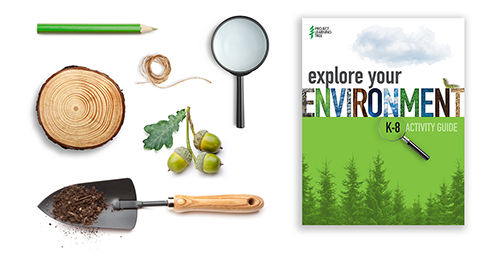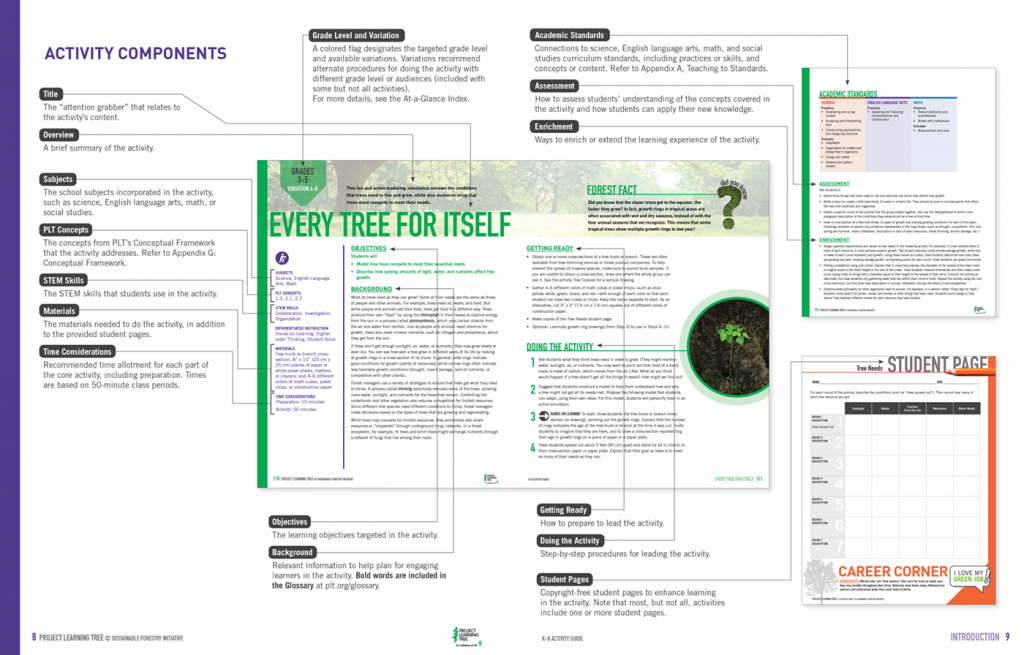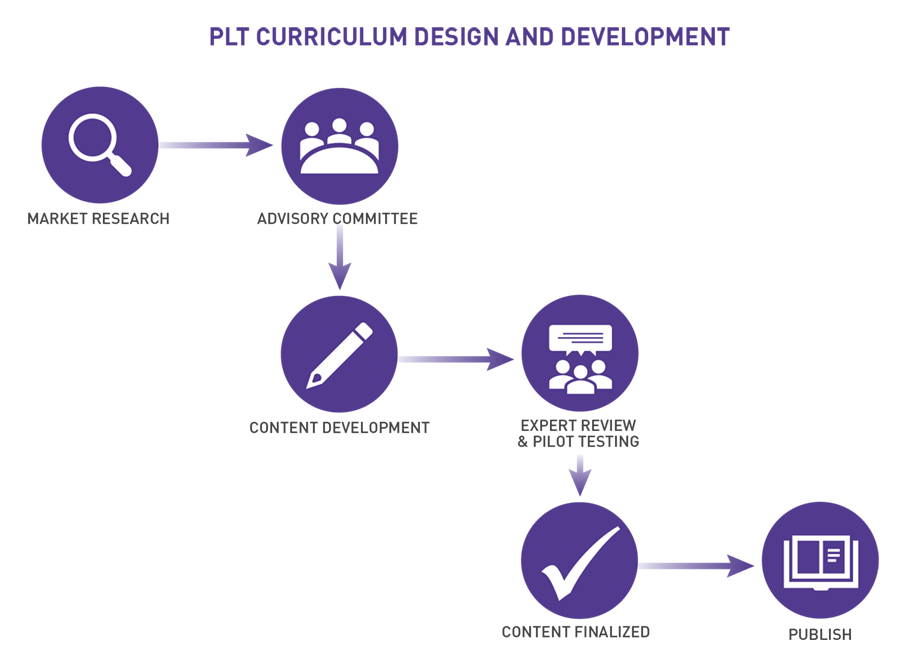Educators spoke, we at PLT listened. And asked lots of questions, took lots of notes, and really did our homework to create our new K-8 guide, Explore Your Environment. It’s fresh, it’s user-friendly, and it works indoors and outdoors, in classrooms and nonformal settings.
 As director of curriculum for PLT at the Sustainable Forestry Initiative (SFI), I am excited to tell you about our resource development journey. It recognized that trends in education — and society at large — required a major revision of our flagship resource to become the field-tested, cutting-edge guide that we are launching this April in conjunction with celebrating Earth Month and Earth Day!
As director of curriculum for PLT at the Sustainable Forestry Initiative (SFI), I am excited to tell you about our resource development journey. It recognized that trends in education — and society at large — required a major revision of our flagship resource to become the field-tested, cutting-edge guide that we are launching this April in conjunction with celebrating Earth Month and Earth Day!
I’m pleased to highlight what the guide offers you as a teacher, curriculum developer, museum or nature-center volunteer, scout leader, career counselor, natural resource professional, or other educator.
The Guide at a Glance
Explore Your Environment features 50 activities divided into three grade bands—K-2, 3-5, and 6-8. Most activities also offer grade-appropriate variations to modify the lesson for older or younger students. The activity names themselves pique curiosity: Birds and Bugs, Web of Life, Forest in the City, and more. Some are new, others were revised from earlier iterations to meet the needs of educators and students today. Each activity includes:
![]()
Take it outside!: A way to do all or part of the activity outdoors, whether you have an outdoor classroom nearby, a few plantings on a city street, or anything in between
![]()
Differentiated Instruction: Eight tested strategies to adapt the activity for different learners with differing abilities

Did You Know? Forest Fact: A brief, big-picture insight about how forests contribute to environmental, economic, and social sustainability
![]()
Career Corner: Inspiration from the earliest grades on up about career opportunities adjacent to concepts covered in the activity, many of which are “green jobs”

Academic Standards Connections:
Colorful charts detail how each activity meets at least one (and usually more) sets of content benchmarks in science, English/language arts, mathematics, and social studies
Each activity also includes the practicalities instructors need—such as safety tips, time/materials required, student pages, assessment opportunities, and enrichment extensions.

The Development Process Defined
Many people have asked about our process to develop materials that enhance environmental literacy but also apply across the disciplines of curriculum development. To say that it takes a village is an understatement! The page of Explore Your Environment that acknowledges those involved lists more than 100 content experts, practitioner reviewers, pilot testers, and PLT partner-leaders. The text also thanks our 80+ PLT State Coordinators, PLT Education Operating Committee Members, SFI Implementation Committees, and SFI Board Members for their continuous and ongoing support.
As with all PLT materials over the past 45 years, we designed a process that drew on best practices in curriculum design and development. This rests on six essential steps:

Of course, a lot of consultation and thought lies embedded in each of them! In addition to accuracy and rigor related to content, we spent a lot of time with educators to improve the organization and layout of the guide. New icons and graphics not only make Explore Your Environment look contemporary and visually appealing, but also they make the guide easy and efficient to use. We consulted closely with accessibility and DEI (diversity, equity, and inclusion) experts to ensure that the materials serve diverse students and diverse educators.
What’s Next?
One of PLT’s hallmarks is our hands-on professional development offerings. You can purchase a print guide or e-book directly from PLT’s Shop now, and you can also find out about professional development workshops offered around the country through PLT’s network. Workshops provide participants with tips and tricks to use our materials, build excitement, and strengthen networks within and among school districts, conservation groups, or other communities of practice. In the coming months, expect to hear about training opportunities in your state that will use the new guide—virtually and, once it is safe post-COVID-19, in person. National PLT will also offer an asynchronous (learn at your own pace) online course later in 2021.
A dedicated section of our website at www.plt.org/myk8guide is replete with additional lesson-planning resources. Here’s where you will find more detailed correlations with standards (specifically NGSS), a glossary, and editable PDFs of the student worksheets printed in the new guide. We’ll also create “roll-ups” of numerous resources presented in-guide, such as the Career Corners and Forest Facts for educators and students to manipulate all in one place.
I look forward to learning how you use Explore Your Environment. Since PLT is all about continuous improvement, we welcome and invite your suggestions about how we can make our work even more relevant to you and the youth you reach.


